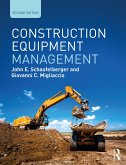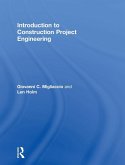
Gebundenes Buch
27. März 2018
Routledge
| Broschiertes Buch | 111,99 € | |
| eBook, ePUB | 81,95 € | |
| eBook, PDF | 81,95 € |
eBook, PDF
19. März 2018
Taylor & Francis eBooks
eBook, ePUB
19. März 2018
Taylor & Francis eBooks
Ähnliche Artikel

eBook, ePUB
9. Dezember 2022
Taylor & Francis eBooks
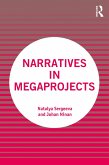
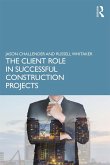
eBook, ePUB
8. Mai 2019
Taylor & Francis eBooks
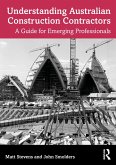
eBook, ePUB
2. August 2022
Taylor & Francis eBooks
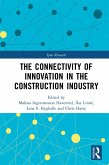
eBook, ePUB
1. April 2019
Taylor & Francis eBooks
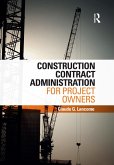
eBook, ePUB
9. August 2017
Taylor & Francis eBooks
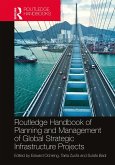
eBook, ePUB
30. Dezember 2020
Taylor & Francis eBooks
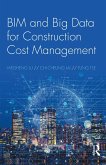
eBook, ePUB
11. Oktober 2018
Taylor & Francis eBooks
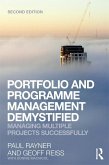
eBook, ePUB
12. November 2012
Taylor & Francis eBooks
Ähnlichkeitssuche: Fact®Finder von OMIKRON

